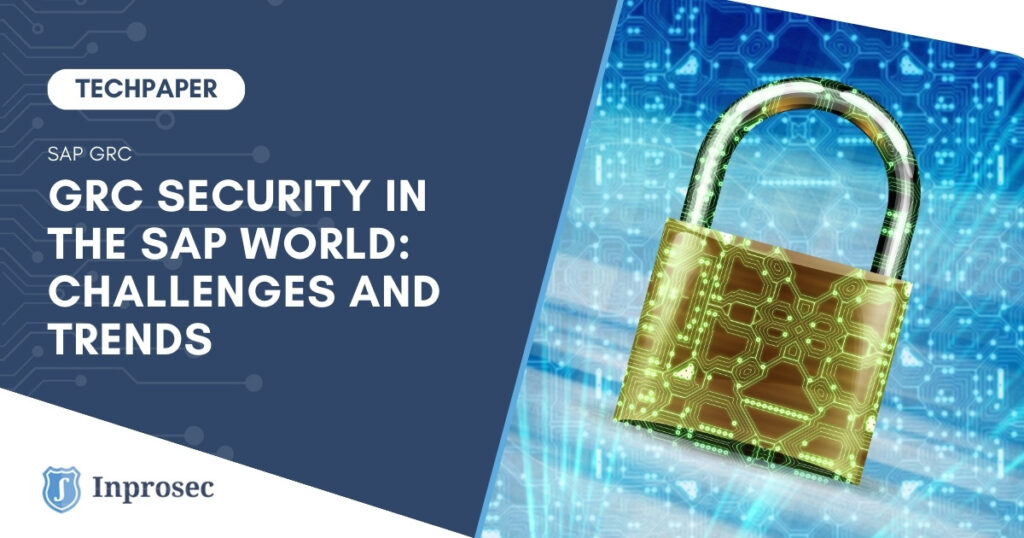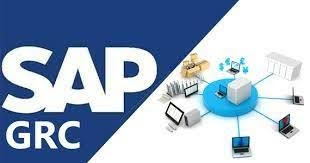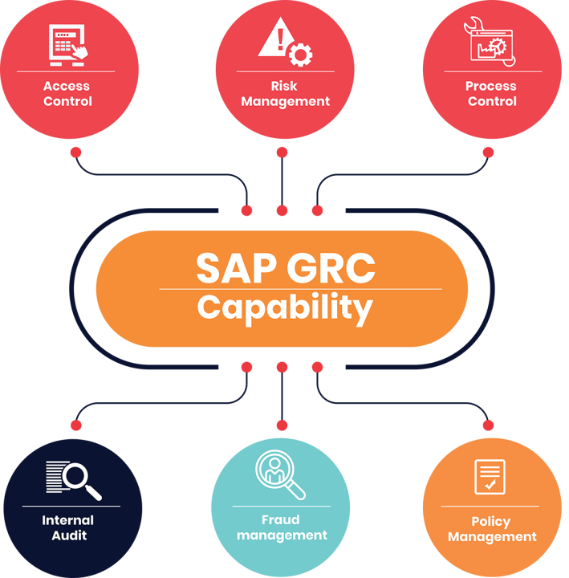Security and compliance are critical issues for any organization, especially those that use SAP systems to manage their operations.
In this context, GRC (Governance, Risk, and Compliance) security has become an essential element to guarantee the integrity, confidentiality and availability of information, as well as to comply with the regulations and standards applicable in each market. It consists of three fundamental pillars:
- Corporate governance: Defines the principles and agreements under which the organization operates, aligning activities with strategic objectives and establishing controls.
- Risk management: Identifies potential threats and establishes mitigating processes to protect against them, seeking to minimize the possible negative impact on the organization.
- Regulatory Compliance: Ensures that the organization complies with applicable laws, regulations and internal standards.
This article will discuss, with respect to GRC security in SAP environments, the various challenges companies face during implementation, the achievable benefits, the latest security trends and best practices for more effective risk and compliance management.
Challenges in implementing SAP GRC security
Today it is a proven fact that information security is marked in red on any corporate roadmap. Despite this, there is a great distance between the initial value proposition and the implementation that finally lands in the systems, and this is largely due to different challenges such as:
- Complexity of authorization models: These models in SAP can become complex and difficult to manage without a solid foundation in initial planning, especially in organizations with dense structures and a large volume of transactional and process operations. This complexity often leads to difficulties in managing user permissions, both in their assignment and in their correct periodic review. To address this situation, standard solutions such as SAP Access Control offer tools to simplify the management of roles (BRM), users (ARM), automate access review (UAR) and improve risk visibility (ARA).
- System customization: One of the virtues of SAP software is its high customization capacity, providing many standard tools which are highly configurable. This allows to adapt the system to a great extent to the business needs. On the other hand, the abuse of this customization, or even the development of proprietary applications (also called Z-developments) on the platform, can result in an inefficient and even insecure solution that can compromise both confidentiality and risk management. To avoid this, it is crucial to have a team of experts with implementation experience to ensure an optimal configuration from a functional, technical and security point of view.
- Integration between different ecosystems: The integration of SAP with other enterprise systems, such as identity management systems or transactional systems, can become complex both technically and in terms of resources. The lack of compatibility between totally heterogeneous systems, the need to adapt processes and the management of middleware systems that play the role of communication enablers, can make the development of these projects very difficult. Careful planning and the selection of solutions with robust integration capabilities are essential to overcome this challenge, such as the use of native SAP web services (discussed in previous articles).
- Resistance to change: The implementation of new security policies and procedures may encounter resistance from users, who may perceive the new measures as restrictive or as an additional workload. To minimize resistance to change, it is critical to clearly communicate the benefits of GRC, involve stakeholders in the implementation process and provide appropriate training.
Benefits of GRC security in SAP
The implementation of GRC security in SAP can offer different benefits and value propositions to companies, which in many cases tip the balance towards its implementation. The following stand out:
- Improved compliance: Helps companies comply with regulations and standards, thus avoiding penalties and fines, as well as with external audits by centralizing all processes, evidence and traces. This is especially relevant in sectors with strict compliance requirements, such as finance or healthcare, where violations can have serious economic and reputational consequences.
- Risk reduction: Facilitates the identification, evaluation and mitigation of both technical and transactional business security risks, thus protecting the company’s assets. For example, by implementing robust access controls, unauthorized access to sensitive data, fraud or theft can be prevented.
- Resource optimization and operational efficiency: The implementation of a system such as SAP GRC allows the automation and centralization of controls, freeing up time and resources for other tasks. The review of accesses or the generation of compliance reports can be automated, which allows teams to focus on higher value activities and only be updated in case of detection of an anomaly thanks to alerts.
- Cross-cutting transparency: Provides a clear and comprehensive view of the company’s safety and compliance status. This facilitates informed decision-making and the identification of areas for improvement.
- Strengthening trust: Increases the confidence of customers, partners and investors by demonstrating a commitment to safety and regulatory compliance. In an increasingly interconnected world, trust is an intangible but valuable asset for the stable development of companies.
SAP Security Trends
SAP security landscape is constantly evolving, driven by factors such as digital transformation, increasing cyber threats and the growing complexity of compliance regulations. In terms of trends that are becoming more relevant today are:
- Task automation: Focused mainly on those of management and compliance, seeking to reduce the manual workload by investing that time in actions with greater value.
- Real-time monitoring: The detection of business threats in real time optimizing a faster and more effective response to security incidents. An example would be the increasingly widespread use of SIEMs (Security Information and Event Management).
- Integration of GRC in business processes: This integration facilitates synergy between processes and improves the efficiency of controls.
- Increased SAP security complexity: Digital transformation and the migration to SAP S/4HANA increase the complexity of security, thus requiring greater attention to data protection. The proliferation of mobile devices, remote access and integration with cloud systems expand the perimeter vulnerable to attack and thus demands a more holistic security approach.
- Shortage of skilled talent: Lack of skilled SAP security personnel can increase risk exposure. The growing demand for professionals with GRC and cybersecurity expertise in SAP environments makes it difficult to recruit and retain talent.
- Focus on access management: Auditing firms and regulatory bodies are increasingly focusing on access controls in SAP environments. Access management has become a critical element in ensuring information security and compliance in the business world.
Best Practices
To overcome the challenges and maximize the benefits of GRC security in SAP, it is essential to follow the most widespread and established practices:
- Define a clear strategy: Establish a strategy that aligns with business objectives and clearly defines responsibilities, processes and metrics to evaluate progress. This must be effectively communicated throughout the organization to ensure understanding and adoption at all levels.
- Implement preventive controls: These seek to mitigate risks before they materialize, such as segregation of duties, access management and multi-factor authentication (2FA). These controls should be reviewed and updated periodically to ensure their effectiveness.
- Automate processes: Improve efficiency, reduce the likelihood of human error and free up time for higher value tasks.
- Ongoing monitoring and evaluation: Monitor both risks and compliance, and evaluate the effectiveness of controls to make adjustments where necessary. This involves conducting regular audits, analyzing security data, and reviewing policies and procedures for potential areas of improvement. Auditors (internal and external), management and key stakeholders must work closely together in this continuous improvement process.
- User training: Training users on security policies and procedures to foster a culture of security and compliance is key. Different methods can be used such as courses, face-to-face workshops and drills. In addition to this, it is advisable to implement awareness campaigns to keep security at the forefront of users’ minds, such as internal phishing tests.
- Keeping up to date: The security landscape is constantly changing, so it is crucial to stay informed about new threats, vulnerabilities and regulations.
Conclusions
- Implementing GRC can present challenges, but the benefits far outweigh the economic and resource costs in the medium term.
- GRC security is not only a necessity, but a competitive advantage.
- The SAP security landscape is constantly evolving, and it is key to keep up to date in order not to be left behind.
- To overcome the various challenges and maximize the benefits of GRC security in SAP, it is essential to follow the most established practices in each industry.





